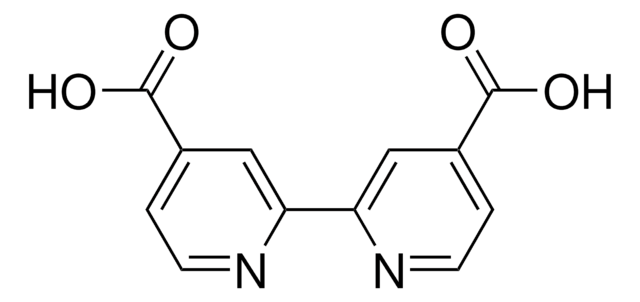Kluczowe dokumenty
929352
(S,R,S)-AHPC-di-trimethylamide-dioxodisulfide-carbonate ester
Synonim(y):
S-(1-(((((3R,5S)-1-((S)-2-((tert-butoxycarbonyl)amino)-3,3-dimethylbutanoyl)-5-((4-(4-methylthiazol-5-yl)benzyl)carbamoyl)pyrrolidin-3-yl)oxy)carbonyl)oxy)-2-methylpropan-2-yl) methanesulfonothioate
About This Item
Polecane produkty
ligand
VH032
Próba
≥95%
Postać
powder
grupa funkcyjna
disulfide
temp. przechowywania
2-8°C
ciąg SMILES
CC(C)(C)OC(N[C@@H](C(C)(C)C)C(N1[C@@H](C[C@H](C1)OC(OCC(C)(C)SS(C)(=O)=O)=O)C(NCC2=CC=C(C3=C(C)N=CS3)C=C2)=O)=O)=O
Zastosowanie
Technology Spotlight: Degrader Building Blocks for Targeted Protein Degradation
Protein Degrader Building Blocks
Inne uwagi
Antibody Conjugation of a Chimeric BET Degrader Enables in vivo Activity
Small-Molecule PROTACS: New Approaches to Protein Degradation
Targeted Protein Degradation: from Chemical Biology to Drug Discovery
Impact of linker length on the activity of PROTACs
Informacje prawne
Kod klasy składowania
11 - Combustible Solids
Klasa zagrożenia wodnego (WGK)
WGK 3
Wybierz jedną z najnowszych wersji:
Certyfikaty analizy (CoA)
Przepraszamy, ale COA dla tego produktu nie jest aktualnie dostępny online.
Proszę o kontakt, jeśli potrzebna jest pomoc Obsługa Klienta
Masz już ten produkt?
Dokumenty związane z niedawno zakupionymi produktami zostały zamieszczone w Bibliotece dokumentów.
Nasz zespół naukowców ma doświadczenie we wszystkich obszarach badań, w tym w naukach przyrodniczych, materiałoznawstwie, syntezie chemicznej, chromatografii, analityce i wielu innych dziedzinach.
Skontaktuj się z zespołem ds. pomocy technicznej